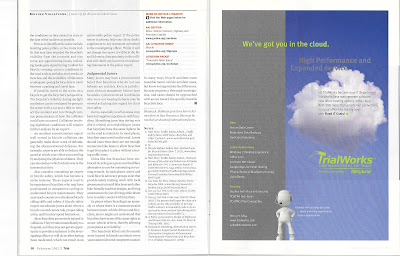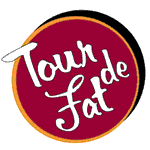The Plan
In the past couple of weeks, there has been a lot of talk about how officials with the Golden Gate Bridge District are planning on imposing a biking speed limit of 10 mph on the regular path and to 5 mph near the towers. Highway patrol will be using radar guns to monitor passing cyclists’ speed. Violators will be fined $100.
GGB spokeswoman Mary Currie told the
Chronicle that this plan is to prevent bike and pedestrian accidents that are, according to GGB officials, commonplace on the bridge. A study showed that in the past ten years, there has been a total of 164 accidents, 39% of which involved excessive speeding. The solo bike crash happened 5 times more often than collisions between bikes and pedestrians.
The GGB’s Board of Directors will vote on the approval of this new project on May 13th. If it’s approved, the limit would most likely be in effect by the end of the summer.
Cyclists’ Criticisms
So far, the response has been generally negative. Hunter Ziesing of local cycling group ZTeam calls the plan a “smart” idea, but thinks the fine is too high and the speed too slow.
However, most others are not so agreeable. In contrast to the safety concerns raised by the GGB officials, many cyclists are arguing that this speed limit is unwarranted and unnecessary. In another article by the
Chronicle, recreational cyclist P.J. Gallagher, who often bikes the Golden Gate, calls this plan “a joke” because “it’s a solution for a problem that doesn’t exist.”
Other cyclists have raised the complaint that it will be difficult for them to know what speed they’re travelling because most bikes are not equipped with speedometers. According to the study, the current average speed of cyclists on the bridge is 13-17 mph.
And even more have complained about the singling out of bicyclists when tourists are “the real problem” because, according to daily-commuter Lew Ketcher, “There are people coming right at you with a camera in one hand, looking out at the water. There are people stopping right in the middle of the path to take a picture.”
It’s too bad that, with money as the concern, tourists and unnecessary fines are the city’s best friends.




